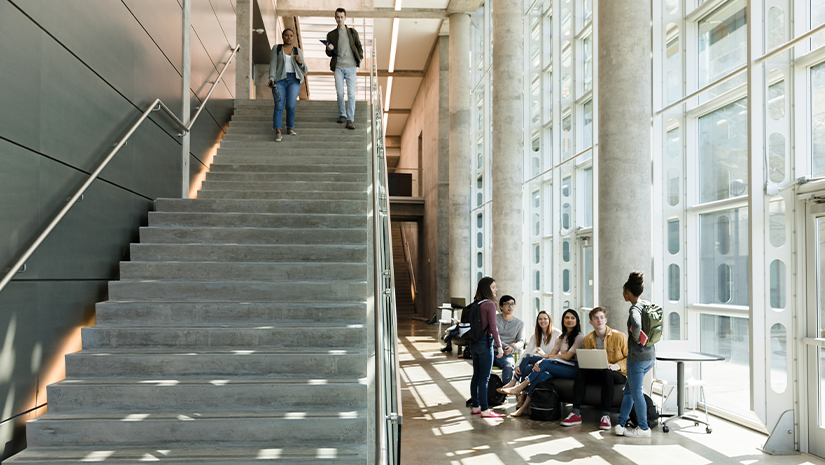
Key insights
- Given the importance of having a safe school community, it’s imperative to perform assessments of all security measures and implement necessary upgrades in a timely manner.
- The first step with any security assessment begins with a study of the current security measures used to protect the campus and surrounding grounds.
- Once the groundwork is done, findings can be analyzed and alternatives can be identified. Modern solutions should be considered.
- Through effective application of sound security procedures, equipment and personnel, a balance of security and efficiency can be achieved.
Find your school’s balance between security and efficiency.
At prep schools, colleges, and universities, there is no greater priority than the safety of the students, faculty members, and employees. The level of trust placed in these institutions daily cannot be measured, so the effectiveness of all security systems is of foremost importance.
Given the importance of having a safe community, it’s imperative to perform assessments of all security measures and implement necessary upgrades in a timely manner.
The first step with any security assessment begins with a study of current security measures used to protect the campus and surrounding grounds. A detailed audit of the entire institution includes:
- Physical facilities
- Security systems
- Traffic flow
- Architectural drawings
- Lighting
- Surveillance monitoring
- Utility protection
- Intrusion detection
- ID protocols
- Cyber and internet security protocols
This inventory, along with a site survey and physical inspection of the campus, provides a roadmap for what’s there, what’s not there, what works well, and what needs improvement when it comes to mitigating potential threats or emergencies.
There are several important questions that need to be asked during this initial study:
- Who has access to the campus, students, and employees?
- How are students and employees distinguished from visitors and others?
- What control systems are in place to monitor outsider access?
- Are there parts of the campus more exposed than others?
- What are the heaviest and lightest traffic times on the roads, sidewalks, and within the buildings and dormitories?
Once these questions are answered, threat levels have been assessed, and command centers have been evaluated, the next step is risk analysis.
This is where critical assets are identified and their vulnerabilities assessed under the current security arrangements against the most likely types and levels of threat to those assets. A key part of this analytical process is the completion of a consequence analysis of potential threats, which consists of assessing the consequences of a security breach and the probable costs affixed. Viable protective alternatives are then reviewed to determine the most cost-efficient measure available to protect against the risk.
An evaluation of the operating environment comes next. The methodology includes:
- Physical observation of the applicable environment, facilities, and operations
- Review of existing security policies and procedures
- Review of past critical incidents
- Evaluation of current security systems and hardware, including access controls and monitoring systems
- Coordination with the police force, local law enforcement, and public safety agencies
- Interviews with various user groups
Once this groundwork is done, findings can be analyzed and alternatives can be identified. Modern solutions should be considered, including the newest security technology and other state-of-the-art products and services.
Throughout the security survey process, sensitivity must be paid to balancing effective security measures with maintaining an efficient and productive workplace and visitors’ environment. It is often described as “securing the premises while maintaining open access.” Given the multi-use nature of the campus and the variety of occupants and visitors, it’s necessary to carefully weigh the need to protect human and physical resources within the complex against running a smooth operation of the facilities and maintaining a receptive environment.
How we can help
Mitigating risk requires in-depth planning and confidence in your processes, controls, and systems. Our risk management team can help you identify risks and share recommendations on how to create a cost-effective control environment so you can focus on other strategic initiatives.
